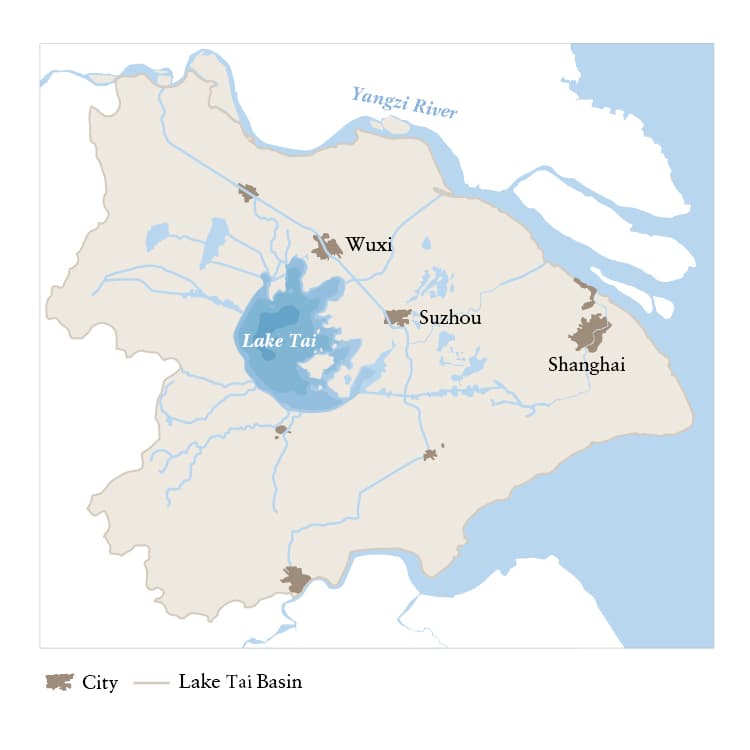
Gift of a Lake Tai Stone
- Magazine Article
- Collection
An image of transformation through natural forces

A recent gift of a large garden rock from China marks an unprecedented addition to Cleveland’s acclaimed Chinese art collection, highlighting the country’s admiration for natural stones and its unique garden culture. With its dynamically upward-winding masses, perforations, weathered surface, and multiple viewpoints, the stone embodies constant transformation through natural forces in space and time. Originally from Wuxi in Jiangsu province in southeast China, the Taihu Stone, Large Perforated Garden Rock was given to the museum by contemporary artist Liu Dan. Liu is arguably the greatest draftsman and painter of rocks in ink in modern China; his work Dictionary (1991) was on view in the CMA’s Chinese galleries in 2019.

In China, rocks are essential elements of nature and are considered to possess spirit and life-energy. Liu calls them “the stem cells of Chinese landscape painting.” Stones are particularly valued for their perforations, surface texture, and sculptural qualities shaped by time and the forces of nature. Taihu stones, the most desirable type of these rocks, are limestones originally sourced from Lake Tai in the Lower Yangzi River Delta, near Shanghai, from where they got their name. Stones were collected, set up like sculptures in gardens, or installed on scholars’ desks as miniature mountains. The appreciation for garden rocks reached a peak during the 11th century when the scholar-official Mi Fu, a collector of stones, bowed deeply in front of an imposing garden stone, addressing it reverently as “Elder Brother Rock,” while Emperor Huizong named the stones in his palace gardens and portrayed one in a still-extant painting.
The popularity of stones in China, which lasts to the present day, has not only stimulated the creation of paintings of rocks and landscapes but also encouraged the production of imitations, or manipulated and artificial stones. The CMA’s Taihu stone was selected by expert agents from the garden city of Suzhou, and their choice was approved by Liu. The stone is not—as so often is the case—assembled from various historical stones and piled together. It is a solid piece of rock. This human-sized Taihu stone will be installed permanently in the Ames Family Atrium and will be included in the CMA’s upcoming exhibition China’s Southern Paradise: Treasures from the Lower Yangzi Delta in fall 2023.